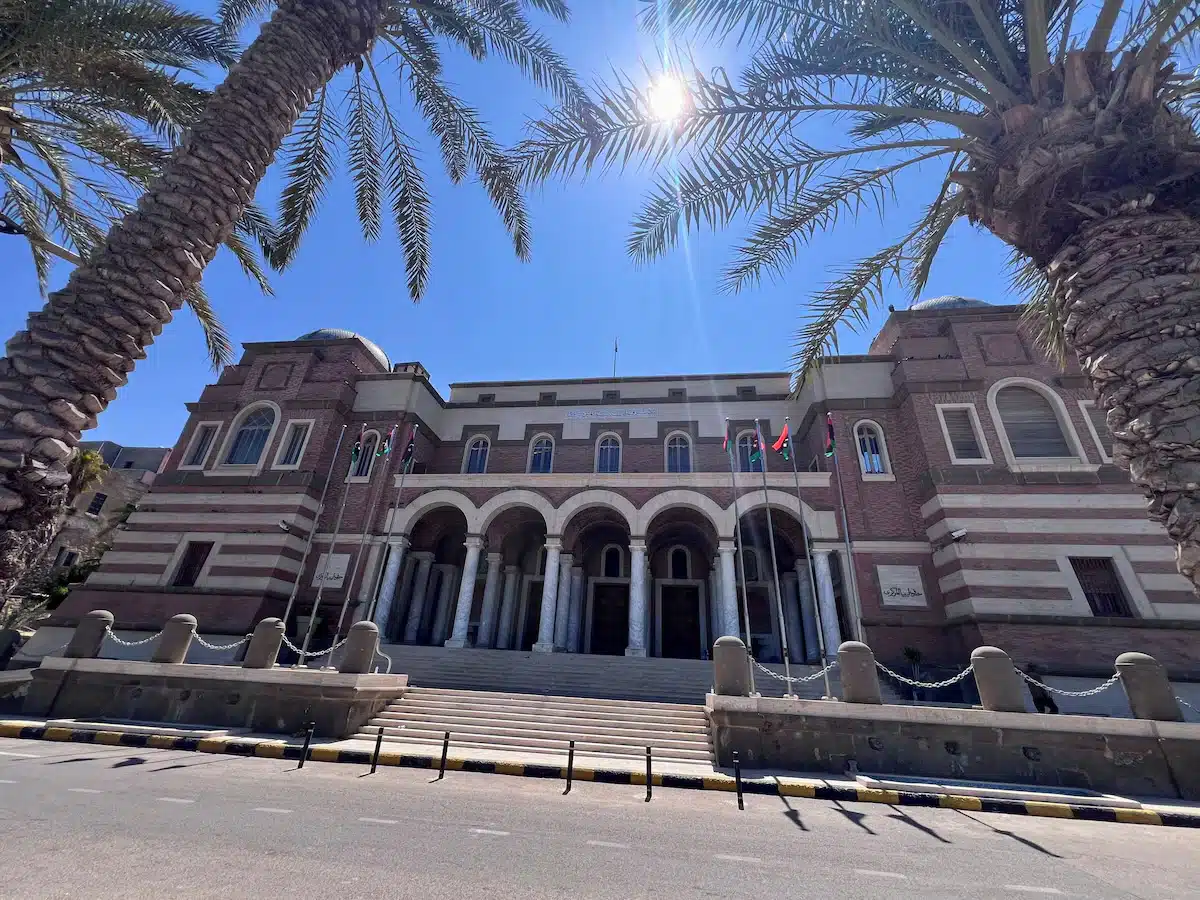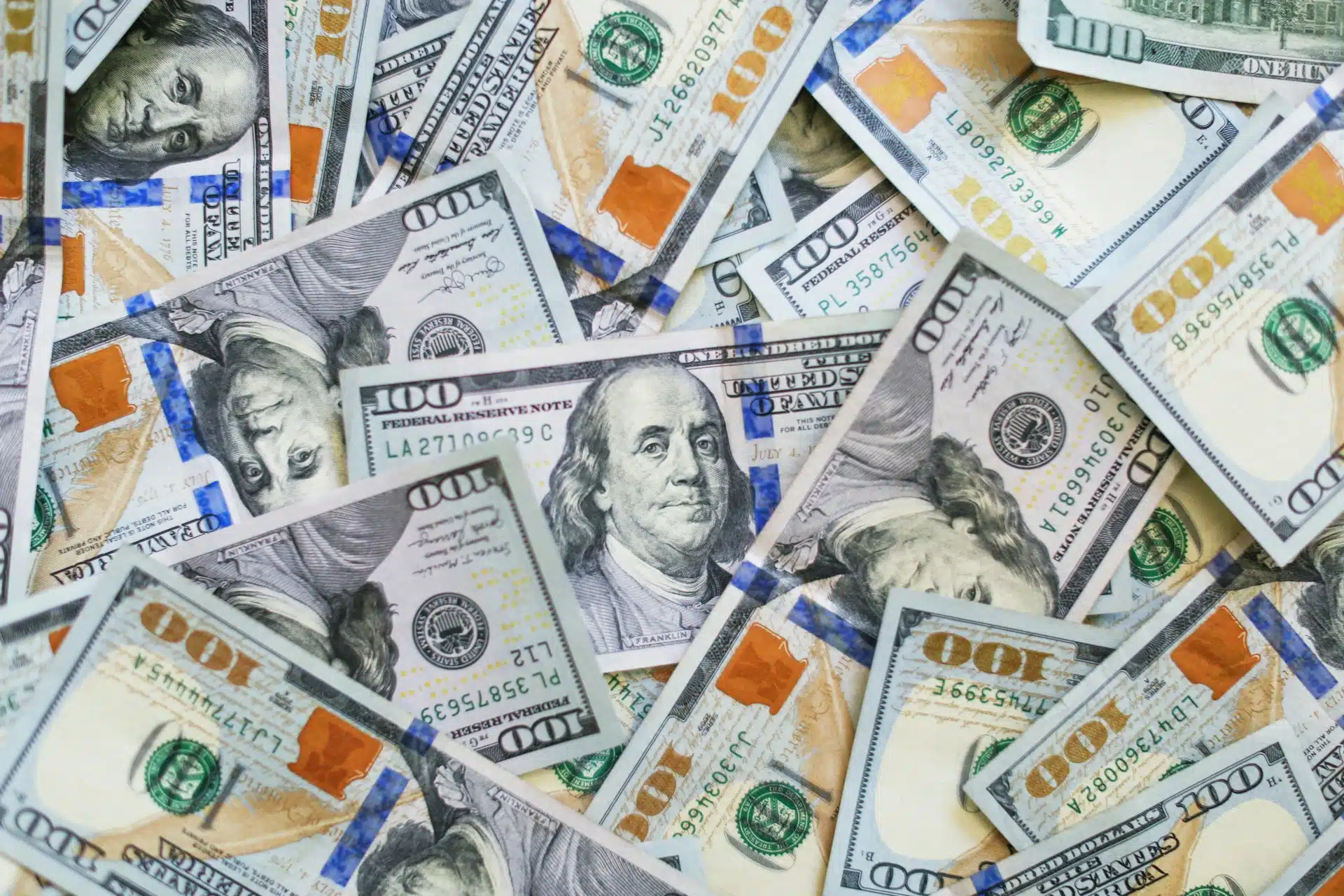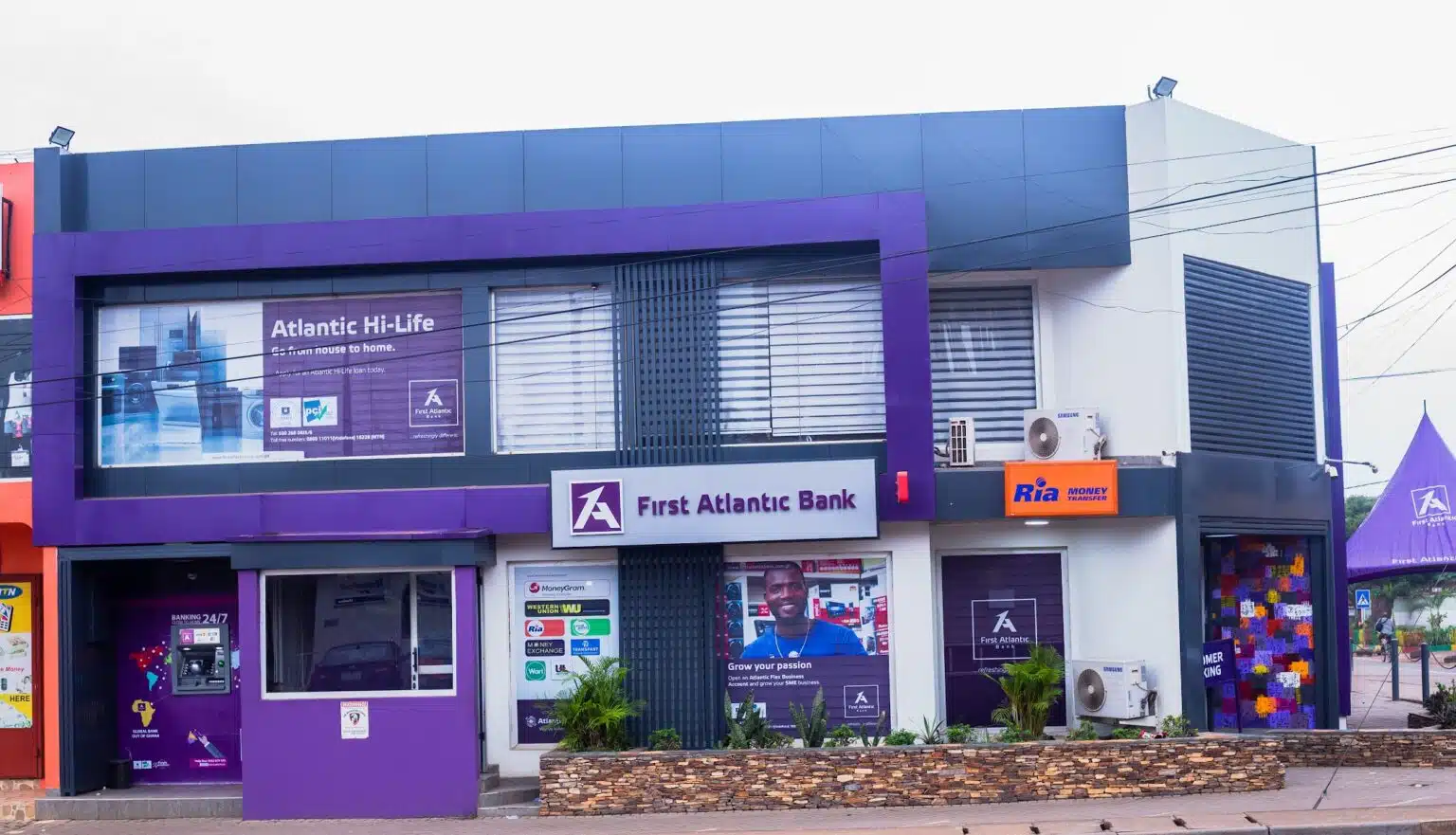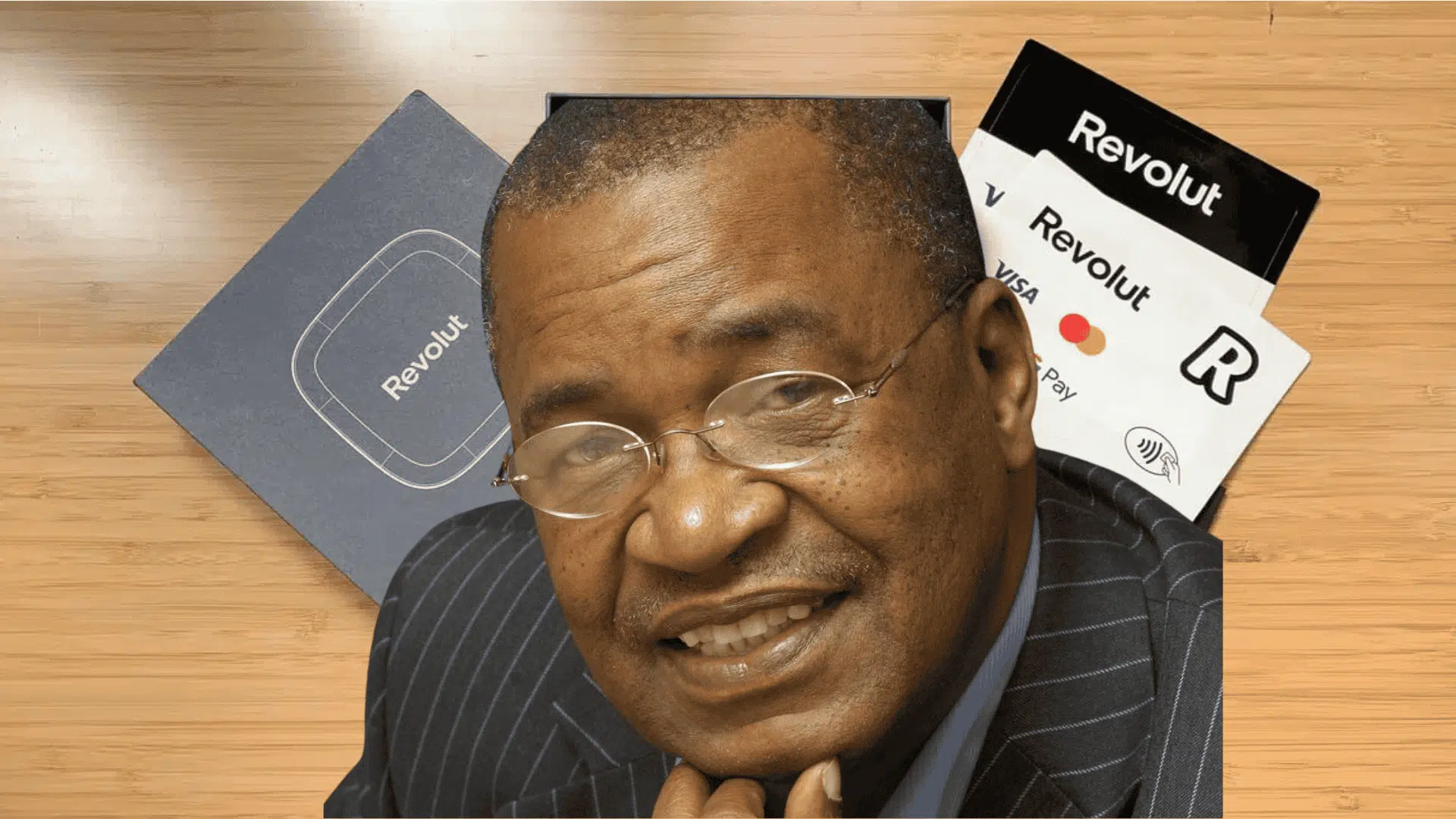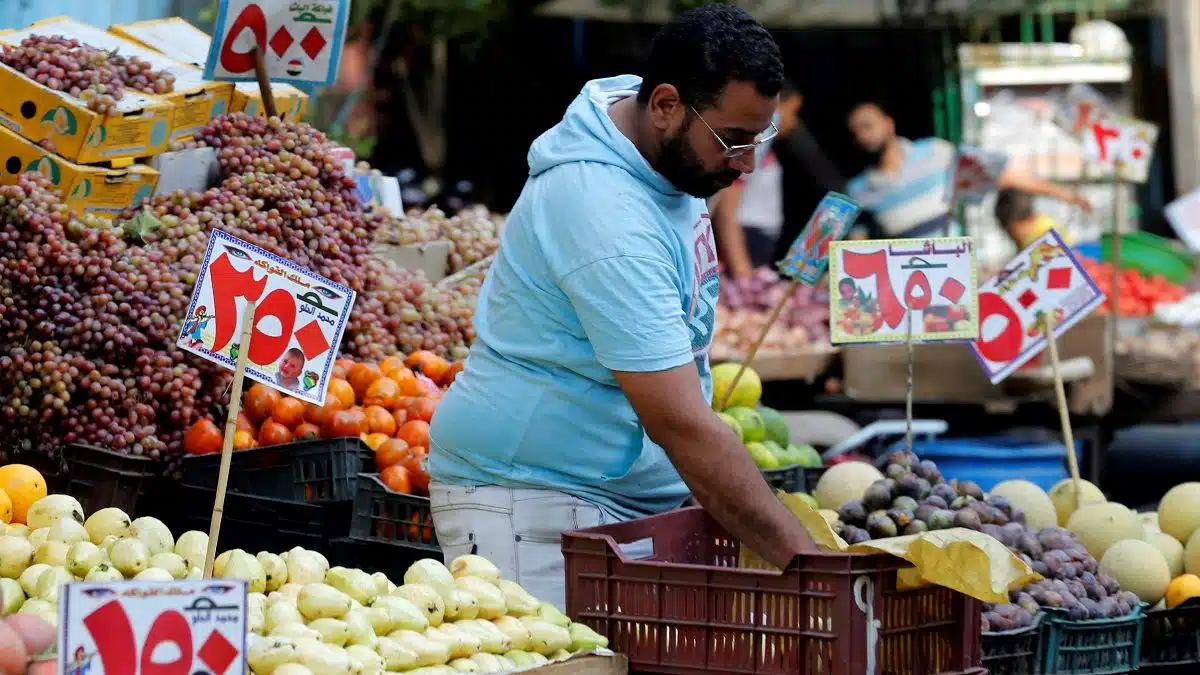Libya’s central bank has authorised the printing of 60 billion dinars, equivalent to about $11 billion, in a bid to ease chronic cash shortages and stabilise the national currency as it withdraws old banknotes from circulation.
The Central Bank of Libya (CBL) said in a statement on Tuesday that the move was part of efforts to “ensure cash liquidity in a balanced and stable manner,” Reuters reports.
The apex bank said about 25 billion dinars ($4.6 billion) of the new notes had already been received and distributed to commercial banks, while another 14 billion dinars ($2.6 billion) were expected to arrive before the end of the year.
The remaining 21 billion ($3.9 billion) would be delivered in 2026 under an approved import plan, although the apex bank didn’t specify where they’ll be printed.
“The new denominations are scheduled to arrive in successive shipments during the coming period, according to the plan approved by the Central Bank of Libya,” the statement added.
The new notes will replace the current 1, 5, and 20 dinar denominations. The CBL confirmed it had recently withdrawn around 45 billion dinars ($8.3 billion) from circulation to preserve the strength of the Libyan dinar and enhance financial stability.
The local currency which fell 13.3% to 5.5 dinar/$1 after devaluation last April has since remained at that level, trading at 5.4 as of October 17, 2025.
Authorities said a portion of the withdrawn cash, estimated at about 10 billion dinars, was of “unknown origin” — referring to unofficial notes printed outside the bank’s control in recent years.
Analysts say the proliferation of fake and unauthorised currency, some allegedly printed in Russia during Libya’s political split, has undermined monetary policy and worsened financial conditions.
Despite its vast oil wealth, Libya has faced years of cash shortages that have forced citizens to queue outside banks to withdraw limited funds.
The crisis stems partly from the country’s political division between rival administrations in the east and west, each previously claiming authority over the central bank.
Last year, the CBL signed a deal with British printer De La Rue to produce 30 billion dinars to address the cash crunch in the banking sector. Two central bank sources told Reuters that the agreement forms part of the current 60 billion-dinar plan.
Meanwhile, renewed oil exploration interest from global energy firms such as TotalEnergies SE and Chevron Corp. has added pressure for stronger financial coordination.
Oil revenue reached 79.4 billion dinars ($14.7 billion) in the first nine months of the year, up from 59.6 billion dinars ($10.4 billion at current rates) in the same period of last year, according to central bank data, signaling a rebound in the sector after years of decline.
Note: The local currency figures were converted to their estimated US dollar equivalent using LYD5.4/$1 as of October 17, 2025.

